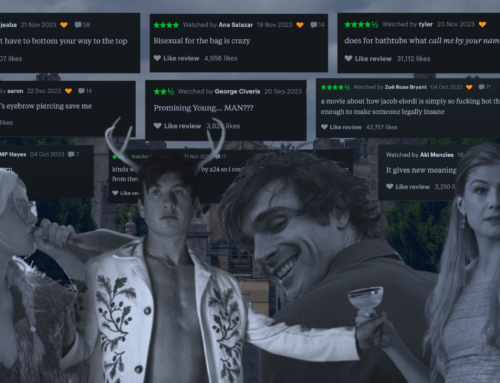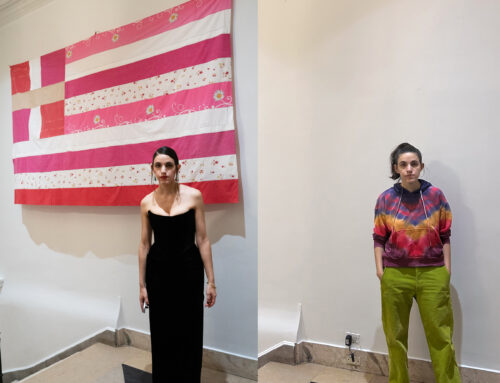The first thing I learned in journalism class was to always balance your story: Your sources should be on opposing opinions, and that as a reporter, no one should know where you stand. You’re just the storyteller, the transparent, unseen interlocutor.
But the reality is that no media companies follow that rule. Media organizations are filled with opinions and biased ideas that bring their reporters, editors, columnists, photographers, and designers together. These are the opinions that people point to when they say, “Fox News is Republican” or “CNN is liberal”.
My own campus media organization that I am an editor of, I can say, is staunchly liberal. Although there are plenty of people on our staff that hold entirely opposing views to the “average” staffer on our team who bring a different viewpoint to the table, the patterns in our reporting tell a different story. Our next editorial will be about how companies should be held responsible for climate change and many of our editors will choose to run a story about the next Women’s March over anti-abortion community members if they had a choice.
That’s no reason to complain. When people talk about an organization being “too liberal” or “too conservative”, what they really mean is that the company makes decisions that lean one side or another. This is expected and incredibly unavoidable—it is a person or a small group of people making those decisions after all. Even within a single story, there is a reporter and usually multiple editors that are subconsiously—or consciously—influenced to include a quote, tell a particular narrative, or support a specific argument.
Like any organization, a media organization attracts like-minded people. That means as a collection of stories evolve and grow, the organization will lean more and more towards a particular trend.
As a reader, keep in mind the people behind each article and the decisions that go into the process of bringing information to you. It is the media’s job to keep you informed, it just so happens that different media organizations keep you informed on different stances, whether or not you agree with them. So, they rely on consistency—if they’ve already established themselves as a conservative organization, that’s who their audience will be, and conservative sides of issues are what their audience will care about. Leaning, especially politically, is their job.
Even if it was strictly prohibited, bias would always exist. At least now, the bias is transparent which makes it easier for readers to identify what kind of bias affects them and read information that is relevant to them, formulating their own opinions along the way. Reporting and trying to give a reader multiple sides of an ongoing conversation only confuses the reader, like a storyteller jumping around to different points of the same plot without any relevance to each other. It doesn’t make sense to anyone reading.
That being said, it is important for organizations to give all sides of the same story whenever possible. This is simply part of good reporting, and it helps the reader make an equally informed opinion. However, it is also part of an informed reader’s responsibility to try to take in various, opposing perspectives rather than relying on the media to be opinionless.
It is wrong for media to claim to be nonpartisan in strict reporting, because this masks or muddles any bias the reporter, editor, or aggregator already has. Instead, an organization should aim to be open with any biases they might have, and for the reader to understand the biases both an individual and a company might have.




